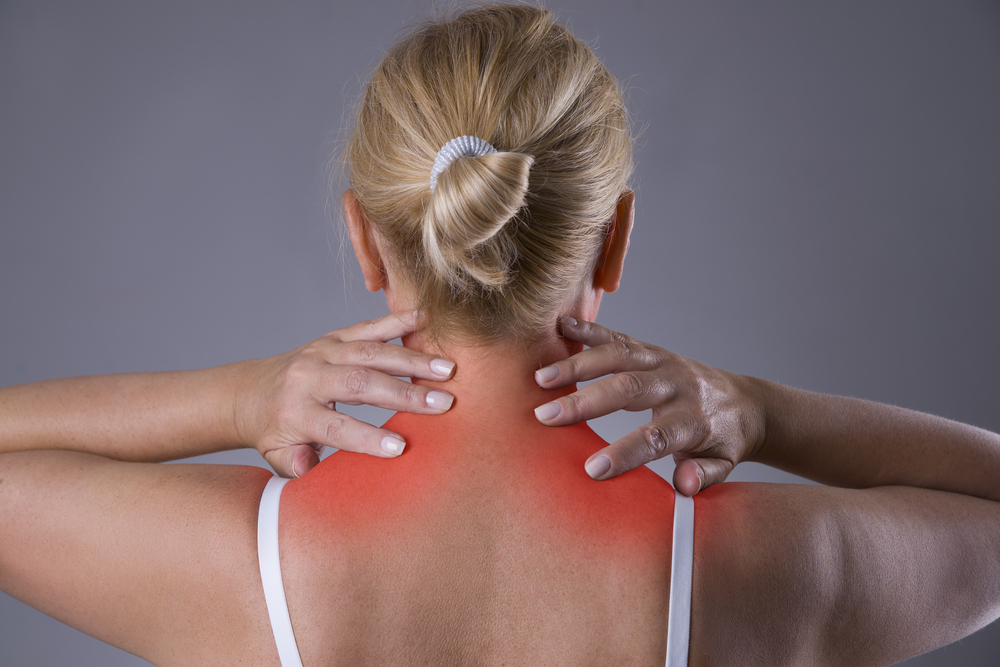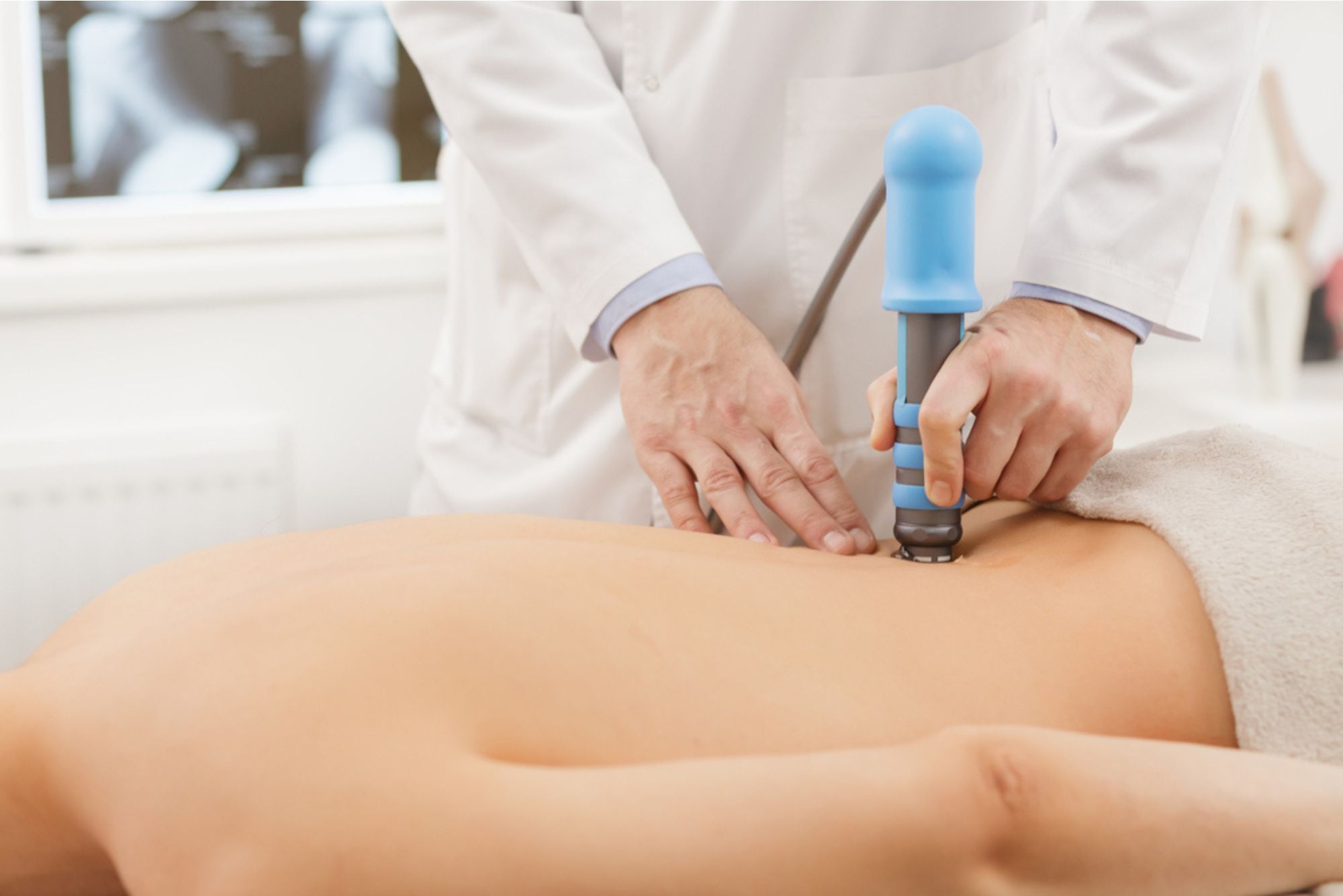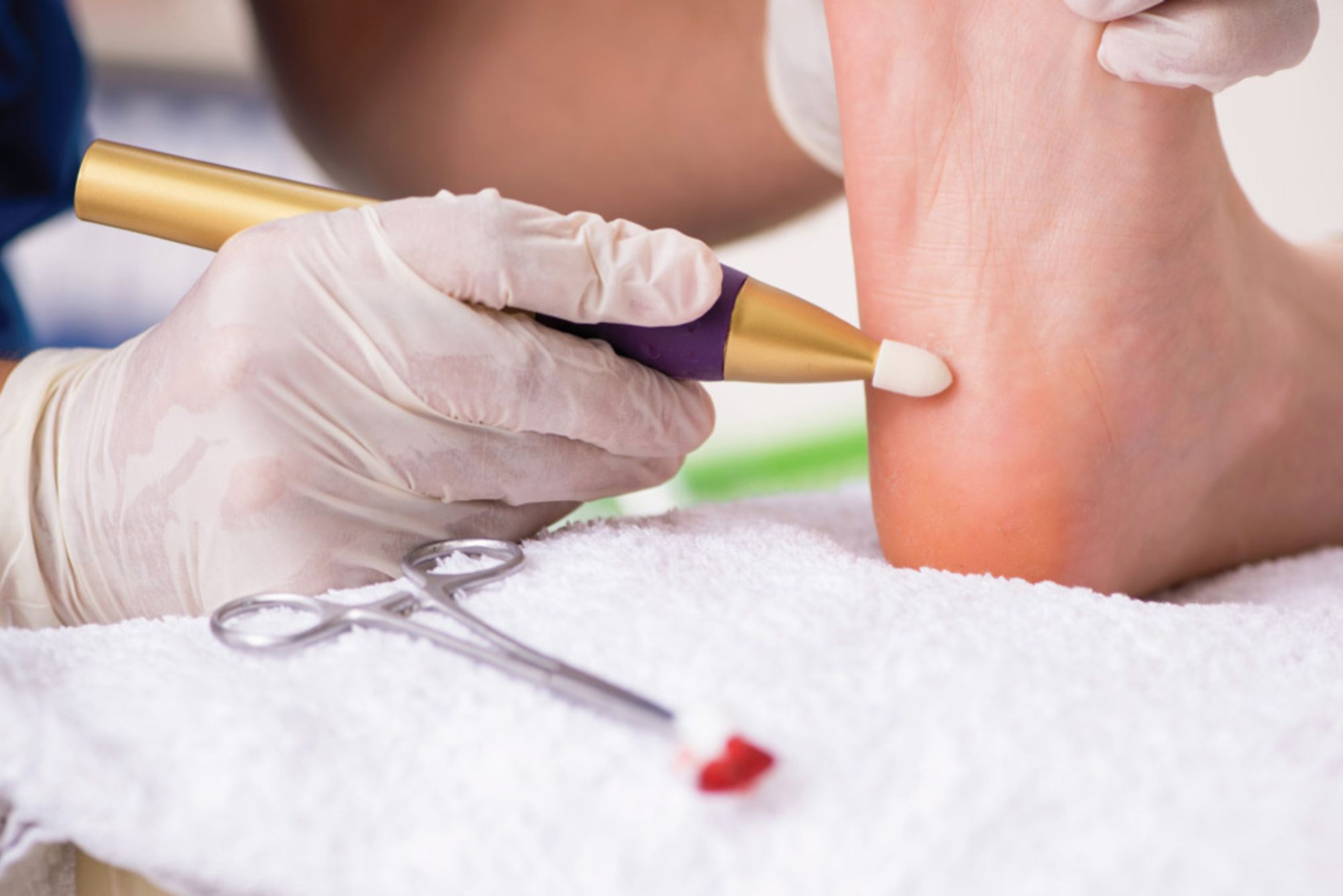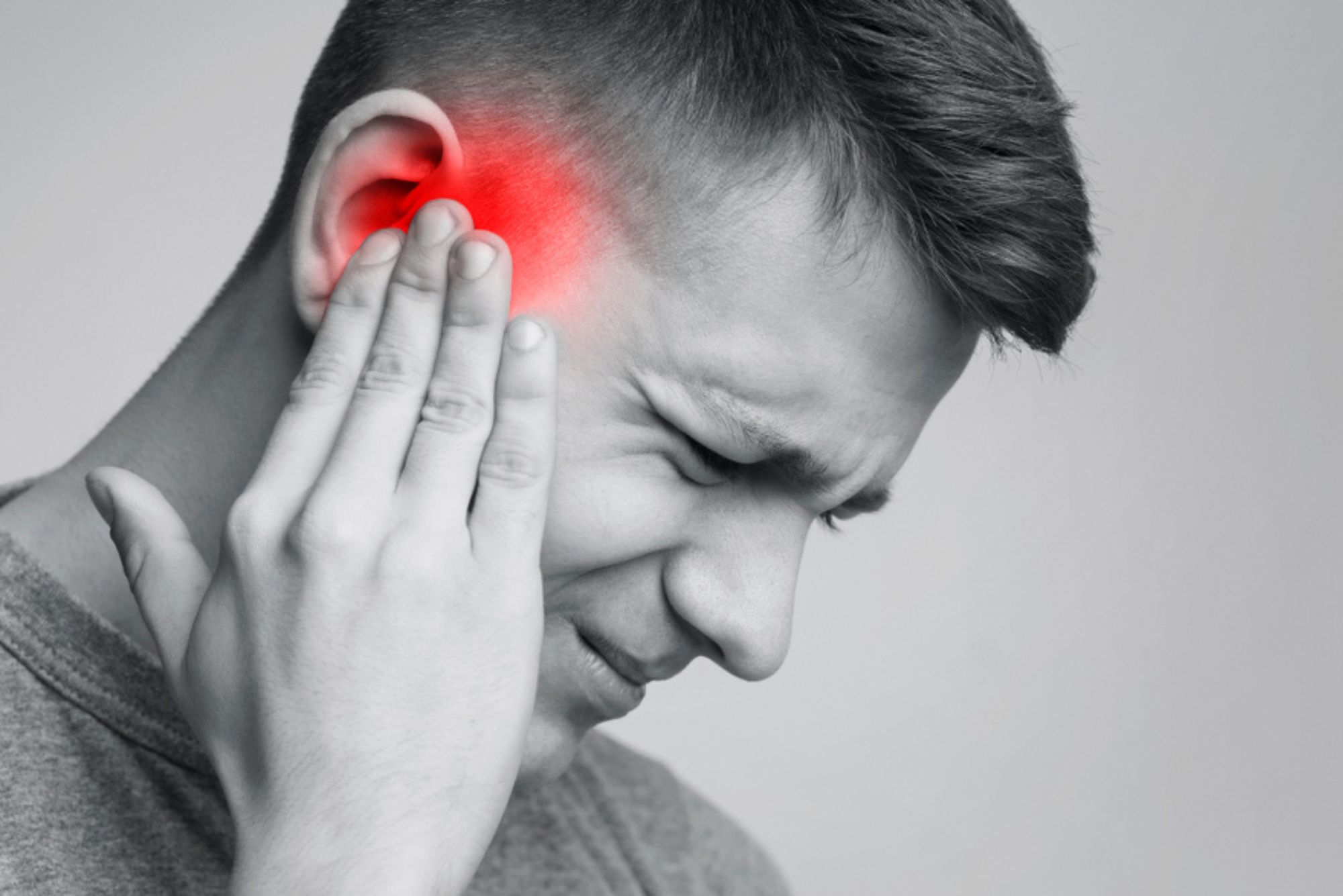Our Services
- Home
- Our Services

Acute and Chronic Pain Management :
Chronic pain is a long-lasting pain. While acute pain always has an underlying diagnosable and treatable cause, chronic pain can be caused by an issue with the way your body sends pain signals. It can also outlast the condition that caused it in the first place, resulting in pain for years, decades, or more if left untreated.
causes :
- Migraines
- Fibromyalgia
- Arthritis
- Cancer
Procedure :
- Nerve blocks
- Radiofrequency ablation
- Pain injections
- Pain injections
Regenerative Medicine :
uses :
- Cardiovascular tissue repair
- Brain injury tissue repair
- Immune system improvement
- Cell therapy
Types :
- Tissue engineering and biomaterials
- Cellular therapies
- Medical devices and artificial organs


Sports-related injuries :
Types :
- Sprains
- Strains
- Swollen muscles
- Knee injuries
Procedure :
- Ankle and Foot Injury Procedure
- Hand and Wrist Injury Procedure
- Head Injury Procedure
- Hip Injury Procedure
CANCER PAIN :
Most of the cancer pain is brought about by the tumor pressing on bones, nerves or different organs in your body. In some cases, pain is identified with your cancer Procedure . For instance, some chemotherapy medications can cause drugs and shivering in your hands and feet or a burning sensation at where they are infused. Radiotherapy can cause skin redness and irritation. Cancer Pain can be acute or chronic. Acute pain is because of damage brought about by a physical issue and tends to only a short time frame. Chronic pain is pain brought about by changes to nerves.
Types :
- Acute pain
- Chronic pain
- Breakthrough pain
- Nerve pain
- Bone pain
Procedure :
- Oral drugs
- Oral morphine Procedure
- Psychological and lifestyle counselling
- Fentanyl patches


Chronic headaches/ Occipital Neuralgia:
Occipital neuralgia is a condition in which the nerves that run from the top of the spinal cord up through the scalp, called the occipital nerves, are inflamed or injured. You might feel pain in the back of your head or the base of your skull. People can confuse it with a migraine or other types of headache, because the symptoms can be similar. But Procedure for those conditions are very different.
Symptoms :
- Aching, burning, and throbbing pain
- Pain on one or both sides of the head
- Pain behind the eye
- Sensitivity to light
Causes :
- Trauma to the back of the head
- Neck tension or tight neck muscles
- Osteoarthritis
- Tumors in the neck
- Cervical disc disease
Back Pain :
Back pain might resolve on its own with proper home care, come and go, or get worse over time. Back pain is a common reason for absence from work and for seeking medical Procedure . It can be uncomfortable and debilitating. It can result from injury, activity and some medical conditions. Back pain can affect people of any age, for different reasons. As people get older, the chance of developing Trusted Source lower back pain increases, due to factors such as previous occupation and degenerative disk disease.
causes :
- Ruptured or bulging discs
- Ligament or muscle strains
- Arthritis
- Osteoporosis
- Skeletal irregularities
Procedure :
- Cold packs and heating pads
- Stretching exercises
- Physical therapy
- Surgery
- Traction


Neck pain :
Symptoms :
- Stiff neck
- Sharp pain
- Pain when moving
- Radiating pain or numbness
- Headache
- Pain when palpated
Causes :
- Aging
- Injury
- Mental stress
- Physical strain
- Conditions that affect spinal balance
Neuropathy :
causes :
- Autoimmune diseases
- Diabetes
- Infections
- Inherited disorders
- Tumors
- Bone marrow disorders
Procedure :
- Tingling
- Numbness
- Loss of sensation in the arms and legs
- A burning sensation in the feet or hands


Knee pain :
Symptoms :
- Swelling and stiffness
- Redness and warmth to the touch
- Weakness or instability
- Popping or crunching noises
- Inability to fully straighten the knee
Causes :
- Osteoarthritis
- Rheumatoid arthritis
- Ligament injuries
- Tendon injuries
- Cartilage injuries and disorders
- Broken kneecap
Shoulder Pain :
Shoulder pain can stem from any number of issues, from a problem with the ball-and-socket joint within your shoulder to muscle strain. The leading cause of shoulder pain is rotator cuff tendonitis, or swelling and irritation in the four tendons that give your shoulder its range of motion. Sreyas Hospital works with you to identify the root of your specific shoulder pain so they can deliver targeted, effective Procedure .
causes :
- A pinched nerve
- Torn cartilage
- An overuse injury
- Born spurs
- Arthritis
Symptoms :
- Warmth or redness in your shoulder
- Neck pain, arm pain, or back pain
- Muscle stiffness and weakness
- Limited range of motion


Hip Pain :
Symptoms :
- Sharp pain
- Dull, aching pain
- Decreased range of motion
- Warmth
- Swelling
- Redness
Causes :
- Osteoarthritis
- Rheumatoid arthritis
- Psoriatic arthritis
- Sciatica
- Joint inflammation
- Dislocation
Headache & Migraine :
causes :
- Concussions or other head trauma
- Stress or anxiety
- Dehydration
- Eating certain foods
- Taking some medications
Symptoms :
- Dull, aching pain
- Severe or throbbing pain
- Pain on just one side of your head
- Pain on both sides of the head
- Radiating pain


Fibromyalgia :
Symptoms :
- Sharp pain
- Dull, aching pain
- Decreased range of motion
- Warmth
- Swelling
- Redness
Causes :
- Osteoarthritis
- Rheumatoid arthritis
- Psoriatic arthritis
- Sciatica
- Joint inflammation
- Dislocation
Disc Prolapse and Sciatica :
Symptoms :
- Non-steroidal anti-inflammatory drugs(NSAIDs)
- Muscle Relaxants
- Corticosteroids
- Antineuropathics
- Antidepressants
Causes :
- Herniated lumbar disc
- Lumbar spinal stenosis
- Spondylolisthesis
- Lumbar degenerative disc disease
- Piriformis syndrome


Complex Regional Pain Syndrome :
causes :
- Fractures
- Sprains/strains
- Lesser injuries such as burns or cuts
- Limb immobilization
- Very rare penetrations
Symptoms :
- Sensitivity to touch or cold
- Continuous burning or throbbing pain
- Changes in skin color
- Changes in skin texture
- Changes in hair and nail growth
Osteoarthritis of Knee Joint :
Osteoarthritis of the knee happens when the cartilage in your knee joint breaks down, enabling the bones to rub together. The friction makes your knees hurt, become stiff and sometimes swell. While osteoarthritis in the knee can’t be cured, there are many Procedure to slow its progress and ease your symptoms.
Symptoms :
- swelling
- feeling of warmth in the joint
- stiffness in the knee
- Decrease in mobility of the knee
- creaking
Procedure :
- Using pain medications
- Doing physical therapy
- Maintaining a healthy weight
- Using a knee brace
- Using orthotics such as insoles


Tennis elbow :
causes :
- Shake hands or grip an object
- Burning or pain on your outer elbow
- Stiffness or pain
- Swollen elbow joint
- Weakened grip
Symptoms :
- Using plumbing tools
- Tennis
- Driving screws
- Racquetball
- Repetitive computer mouse use
- Cutting up cooking ingredients
Plantar Fasciatis :
Symptoms :
- Pain on the bottom of the heel, or nearby.
- Increased pain after exercise
- Pain in the arch of the foot
- A swollen heel
- Pain that continues for months
causes :
- High impact sports like running, tennis, dance etc
- Exercising on hard surfaces
- High arches or flat feet
- Obesity
- Having a tight Achilles tendon or calf muscles


Trigeminal neuralgia :
causes :
- A tumour
- damage caused by surgery including dental surgery
- Facial injury
- Multiple sclerosis
- Arteriovenous malformation
Symptoms :
- Numbness and/or a tingling sensation
- Short bursts of severe pain.
- Regular aches and pains
- Short-term jolts of pain
- A burning sensation all over one side of the face
Buergers disease :
Symptoms :
- Hand or foot pain
- Sores on toes or fingers
- Ankle, foot or leg pain when you walk
- Raynaud’s phenomenon
- Skin color or texture change
Procedure :
- Medications to dilate blood vessels, improve blood flow or dissolve blood clots.
- Intermittent compression of the arms and legs to increase blood flow to your extremities
- Amputation, if infection or gangrene occurs


Post herpetic neuralgia :
Symptoms :
- Burning, sharp, jagging or aching pain in the area where the shingles rash appeared.
- Itchiness or numbness at or near the area of the former rash.
- Pain gets worse at night or in heat or cold temperatures.
Endoscopic Discectomy :
Benefits :
- Minimally invasive surgery
- Quick recovery time
- Minimal pain or discomfort following the surgery
- Immediate leg pain relief in most cases
Symptoms :
- weakness
- pain
- Tingling in the back area and in one of your legs


Trigeminal Nerve Block and Radio Frequency Ablation :
Trigeminal neuralgia (TN) is a neuropathic pain condition affecting the face. It has a significant impact on the quality of life and physical function of patients. Evidence suggests that the likely etiology is vascular compression of the trigeminal nerve leading to focal demyelination and aberrant neural discharge. Secondary causes such as multiple sclerosis or brain tumors can also produce symptomatic TN. Procedure must be individualized to each patient. Carbamazepine remains the drug of choice in the first-line Procedure of TN.
Precipitating factors :
- cold wind
- washing face
- chewing
- Eating cold food
Symptoms :
- Idiopathic
- Secondary causes– tumours or the demyelinating plaques
Lumber Sympathetic Plexus Block :
Symptoms :
- Bleeding at the site of the injection
- Weakness or numbness in the legs
- Fever
- Severe pain


Vertebroplasty and Kyphoplasty :
Benefits :
- Vertebroplasty and kyphoplasty can increase a patient's functional abilities and allow return to the previous level of activity without any form of physical therapy or rehabilitation.
- Usually, vertebroplasty and kyphoplasty are safe and effective procedures.
- No surgical incision is necessary—only a small nick in the skin that does not need stitches.
Ultrasound-guided nerve blocks :
Ultrasound-guided nerve blocks (UGNBs) are a vital part of the multimodal approach to the Procedure of acute pain in the emergency department. The classic mono-modal approach, which has been the cornerstone of emergency medicine training, has been shown to produce inadvertent acute effects (hypotension, apnea, delirium, etc.) and chronic conditions (opioid addiction) as downstream consequences.
Causes :
- failure of the nerve block
- allergic reaction
- visual disturbance or loss of vision
- local anaesthetic toxicity
Symptoms :
- shooting facial
- Neck Pain
- shoulder pain
- Tinnitus
- vision changes


Radio frequency ablation :
advantages :
- long term pain relief
- minimally invasive
- works good in resistant pain where all other modes have failed.
- It can be done as day care procedure
Treated Conditions :
- Resistant knee pain
- Resistant hip joint pain
- Low back pain
- Trigeminal neuralgia
- Sacroiliac joint arthropathy
celiac plexus block :
Treated Conditions :
- Cholangiocarcinoma
- Recurrent abdominal pain
- Crohn's disease
- Gastrointestinal cancer
- Inflammatory bowel disease
Benefits :
- Pancreatitis
- Pancreatic Cancer
- Upper Abdominal Cancers
- Any chronic abdominal pain
- IBD


Lumber Facet Joint RF Ablation :
Procedure :
- Oral anti-inflammatory medications to help reduce pain and inflammation
- Physical therapy to help improve the strength and endurance of the muscles in the lumbar spine.
- Epidural steroid injections (ESIs) to help relieve some of the pain and discomfort of facet joint problems, by reducing inflammation.






















